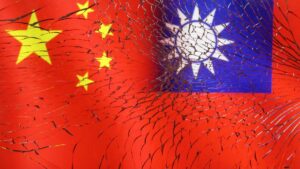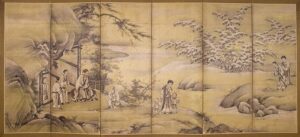Uttarakhand’s First Bio-diversity Gallery Inaugurated In Haldwani
Uttarakhand’s first bio-diversity gallery, that aims to showcase lesser known aspects of the hill state’s rich bio-diversity, was inaugurated in Haldwani on Sunday with funding from the Japanese International Cooperation Agency. Blessed with all three agro climatic zones – tropical, temperate and alpine – and also being at the confluence of the Western and Eastern Himalayas, Uttarakhand has an extremely rich bio-diversity in all varieties of flora and fauna, Chief Conservator of Forests (Research) Sanjiv Chaturvedi said.
“However, only a few species out of this rich repository are known to people. This bio-diversity gallery is an attempt to plug that gap,” he said
The main feature of this gallery is depiction of 101 icons of the state’s bio-diversity, showing threat status and information about their habitat, ecological role and uses, he said. These 101 peculiar species of flora and fauna native to the state include the giant himalayan lily, the world’s largest lily; rhododendron arboreum, the world’s largest species of rhododendron; and king cobra, the world’s largest venomous snake.
The himalayan pit viper, the highest altitude venomous snake; giant himalayan honeybee, the world’s largest honeybee; atlas moth, the largest of its kind in the world; yellow-throated marten, largest in the world; and India’s largest insectivorous bat, the great himalayan leaf nosed bat, too, are part of the gallery.
Other interesting species naturally found in the state, including salty-headed parakeet, the only species of parakeet family that migrates in winter; himalayan langur, the only primate species found in Himalayas, interesting species of native insectivorous plants, fern, moss, liverwort, grass species and peculiar fauna such as himalayan marmot found on Tibet border, the highest elevation dwelling mammal in the world, himalayan pika, flying squirrel and yellow-headed tortoise can also be seen at the gallery.
In addition, the gallery comprises eight sections, of which one displays abandoned nests of various species such as the weaver bird and king cobra, the only reptile species that makes nests. Another section displays unique bio-diversity products of the state such as keedajadi, the world’s costliest fungus; red honey, produced by giant honey bees and one of the costliest honeys in the world; and bio-diversity products that have been awarded the Geographical Indicator tag, such as butter from cheura tree and Ringal handicraft.
(Disclaimer: This story is auto-generated from a syndicated feed; only the image & headline may have been reworked by www.republicworld.com)












